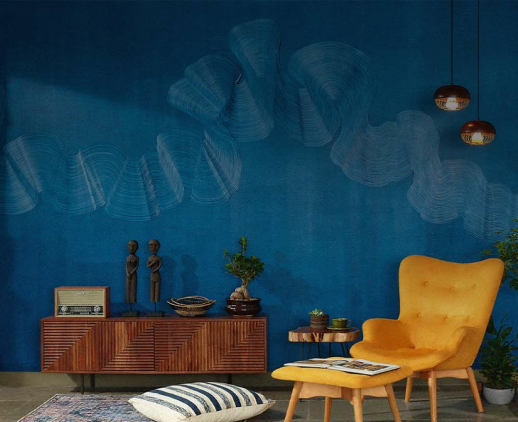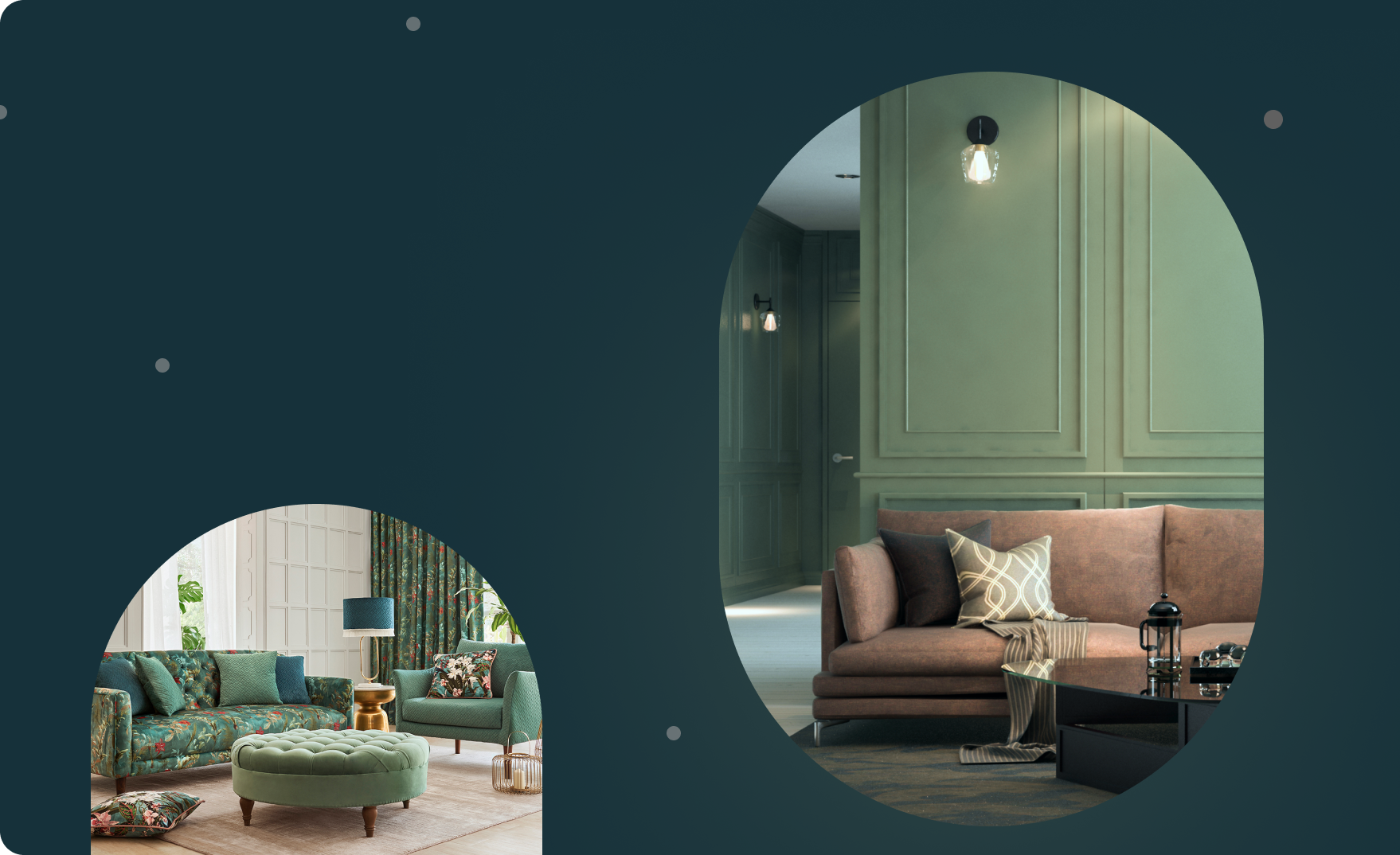How to Take Care of Indoor Plants?
• Provide Adequate Lighting
Different types of plant décor in living room have varying lighting requirements. Place your plants in areas with suitable lighting conditions, whether it's bright, indirect light, or low light. Rotate the plants occasionally to ensure even growth.
• Water Properly
Water your indoor plants based on their specific needs. Avoid overwatering, as it can lead to root rot. Allow the top inch of soil to dry out before watering again. Use room temperature water and ensure proper drainage to prevent waterlogged soil.
• Maintain Humidity
Indoor environments can be dry, especially during winter. Increase humidity around your plants by misting them regularly, placing a tray of water nearby, or using a humidifier. This helps replicate their natural habitat and prevents dryness-related issues.
• Provide Adequate Ventilation
Good air circulation is essential for the health of plant décor in living room. Open windows or use fans to ensure fresh air exchange. Avoid placing plants near drafts or air conditioning vents that may cause temperature fluctuations or excessive airflow.
• Fertilize Regularly
Indoor plants benefit from regular fertilization to replenish nutrients in the soil. Use a balanced, water-soluble fertilizer according to the plant's specific requirements. Follow the recommended dosage and frequency for optimal growth.
• Monitor Temperature
Most indoor plants thrive in temperatures between 60-75°F (15-24°C). Avoid exposing them to extreme temperature fluctuations or drafts. Keep them away from heating sources or cold drafts from windows and doors.
• Dust and Clean Leaves
Dust can accumulate on the leaves of indoor plants, hindering their ability to photosynthesize. Wipe the leaves gently with a damp cloth or use a soft brush to remove dust regularly. This allows the plants to absorb light effectively.
• Prune and Trim
Regularly prune your indoor plants to remove dead or yellowing leaves, encourage bushier growth, and maintain their desired shape. Avoid over-pruning, as it can stress the plants. Trim leggy or unruly growth to maintain a neat appearance.
• Watch for Pests
Keep an eye out for common indoor plant pests like aphids, spider mites, or mealybugs. Inspect your plants regularly and take appropriate measures if you notice any infestations. You should also isolate affected plants to prevent the spread of pests.
• Observe and Adjust
Every indoor plant is unique, so observe your plants closely. Pay attention to changes in foliage colour, leaf drooping, or any signs of distress. Adjust your care routine accordingly to address their specific needs and promote healthy growth.
FAQs
1. Which plant is best for indoor decoration?
There are several indoor plants that work well for decoration. Some best indoor plants for living room include:
- Spider Plant: Known for its long, arching leaves with white stripes, it adds a touch of elegance to any space.
- Pothos: With its trailing vines and heart-shaped leaves, it brings a lush and vibrant look to your living room.
- Snake Plant: This plant features tall, upright leaves with unique patterns, making it a stylish addition to any room.
- Peace Lily: Its dark green leaves and white flowers add a touch of elegance and freshness to your living space.
- ZZ Plant: Known for its glossy, dark green foliage, it's a low-maintenance option that adds a modern touch.
2. How can I decorate my living room with natural plants?
To decorate your living room with natural plants, you can consider the following living room indoor plants decoration ideas:
- Create a focal point by placing big plants for living room or a group of plants in a prominent area.
- Use hanging plants or wall-mounted planters to add visual interest and utilize vertical space.
- Arrange smaller plants on shelves, side tables, or window sills to bring greenery to different levels.
- Incorporate plants of different sizes, shapes, and textures to create a diverse and visually appealing display.
- Pair plants with decorative pots or planters for living room that match your room's style and colour scheme.
- Consider using plant stands or pedestals to elevate planters for living room and create a layered effect.
3. How do I put indoor plants in my living room?
Here's a step-by-step guide for placing indoor plants in your living room:
- Assess the lighting conditions in your living room and choose plants that thrive in those conditions.
- Determine the available space and consider the size of the plants you want to incorporate.
- Place living room large indoor plant pots near corners or against walls to add height and create a focal point.
- Utilize shelves, tables, or plant stand for living room to display smaller plants and create visual interest at various levels.
- Consider grouping plants together to create a lush and cohesive arrangement.
- Ensure that the plants are not obstructing walkways or creating hazards in the living room.
- Regularly take care of your indoor plants by watering, providing adequate light, and addressing any specific needs they may have.
Your One-stop Home Solutions Shop: Everything Your Home Needs, All in One Place
Transform spaces and elevate lifestyles. From the sleek elegance of modern wardrobes to the timeless charm of curated furnishings, Beautiful Homes Store offers an extensive range to suit every taste and need. Whether you’re renovating your kitchen, refreshing your living room, or adding the perfect finishing touches to your space, Beautiful Homes Store ensures every detail reflects your unique style.
So, this season, let your home be more than just a space—make it a statement! Visit Beautiful Homes Store today and discover the perfect pieces to bring your vision to life.






























































